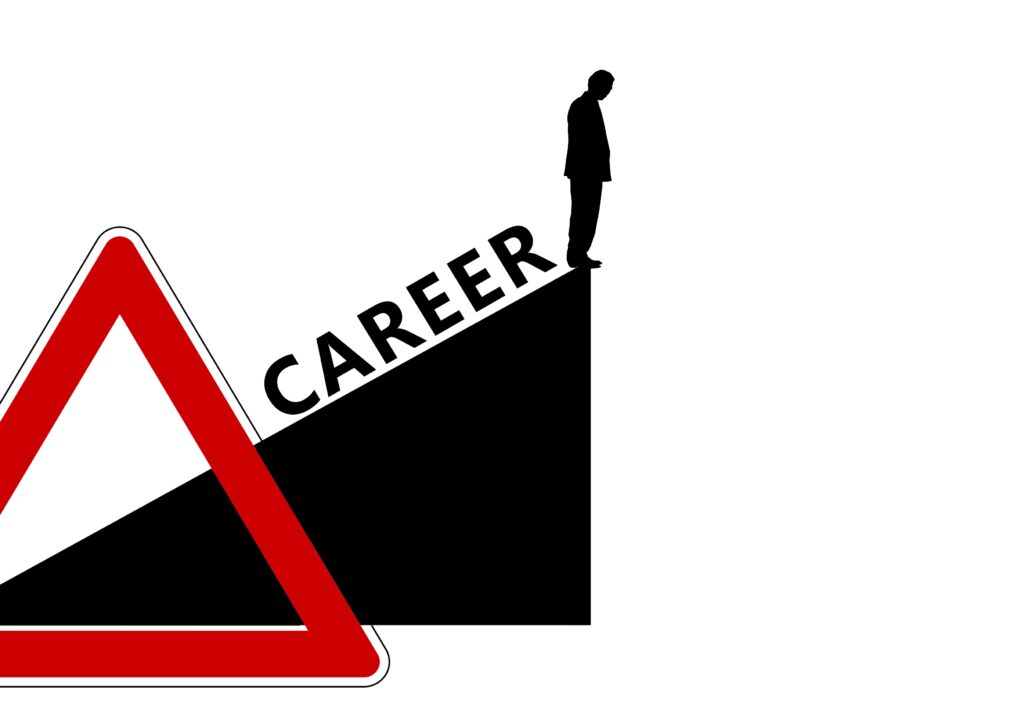What Is Dopamine and Why Does It Matter
How to reset your dopamine is a question more people are asking as our modern lives constantly hijack this powerful brain chemical. Phones, social media, fast food, and alcohol spike our dopamine, giving us instant feelings of reward and pleasure.
But the problem is, we’re becoming addicted to these quick hits, making it harder to focus on what truly matters. Many people struggle to take action toward their goals—whether it’s building a career, improving health, or pursuing a passion. They might feel motivated briefly, but that motivation quickly fades.
Society needs to understand that balancing this chemical is key to staying focused and consistently motivated. A neuroscientist who specializes in brain chemistry explains that dopamine, along with oxytocin, serotonin, and endorphins, plays a major role in our daily lives. This is the first part of a series exploring these chemicals, with practical tips to harness them in healthy ways.
How Dopamine Works
Dopamine has many functions, but in our reward system, it’s the currency that motivates us. Evolutionarily, it drove us to do things that ensured survival—hunting, building shelter, and forming connections. Today, we’ve hacked that system with instant gratification—social media, junk food, and other quick pleasures—disrupting our natural dopamine balance.
Dopamine is produced in neurons, starting with an amino acid called tyrosine, which converts into L-Dopa and then dopamine. The fascinating part? The harder the task, the more dopamine we produce. It’s a chemical designed to be earned.
If the first thing you do in the morning is scroll on your phone, you deplete dopamine stores early, leaving little motivation for the rest of the day. But if you start with effortful actions—exercise, making your bed, going outside—you build dopamine reserves instead. This is the Law of Dopamine: take action as soon as you wake up. Movement triggers dopamine production, and the more challenging the action, the greater the reward.
Is This Good for Your Dopamine?
Two key questions help determine if something is healthy for dopamine:
How quickly does it give pleasure? Slow, natural increases are better than instant spikes followed by crashes.
Does it benefit you or others in the future? Cooking, walking with a friend, or working toward a goal are healthy dopamine sources. Scrolling for hours or unhealthy habits are not.
Balance is key. Shifting away from instant gratification toward slower, meaningful rewards can help regain control over focus and motivation. If you’re wondering how to reset your dopamine, this mindset shift is where it begins.
Four Ways to Control Dopamine
1. Phone Fasting
The most critical time to avoid your phone is first thing in the morning. Your brain seeks dopamine upon waking—if you immediately grab your phone, you set yourself up for a harder day. Instead:
Brush your teeth.
Splash your face with cold water.
Make your bed.
These actions align with the Law of Dopamine, building reserves instead of depleting them.
Aim for at least 15 minutes of phone-free time in the morning and 60 minutes before bed. Embrace boredom—it’s when your brain naturally restores dopamine. Try a 2-hour phone fast on weekends to reset.
2. Find Your Flow
Psychologist Mihaly Csikszentmihalyi describes flow as a state where challenge meets skill, creating deep focus and enjoyment. Flow heavily involves dopamine—your brain rewards effort with motivation.
To enter flow:
Match the task’s difficulty to your skill level.
Push through the first 15 minutes (the hardest part).
Add artificial challenges if a task feels too easy.
Flow isn’t just for artists or athletes—it applies to studying, cleaning, or even filming videos. The key is starting; momentum builds dopamine over time.
3. Cold Water Immersion
Cold exposure increases dopamine by 250% over a 2-hour period, unlike drugs that spike and crash it. This ties into the pain-pleasure balance: enduring discomfort (cold water) triggers a rebound of pleasure as dopamine rises.
Start small: 30 seconds of cold at the end of your shower. Over time, the initial discomfort lessens, and the reward grows stronger.
4. Define Your Pursuit
Dopamine thrives when working toward a meaningful goal. Without purpose, the brain resists effort. To find your focus:
Spend 60 minutes daily in nature, phone-free.
Reflect on what truly matters to you.
Align actions with long-term goals.
When you have a clear “why,” even mundane tasks feel purposeful. This is the foundation of sustainable motivation and one of the most powerful ways for how to reset your dopamine.
Final Thoughts
Dopamine isn’t the enemy—it’s a tool. By understanding how it works and making small adjustments, we can reclaim focus, motivation, and fulfillment in a distracted world. The key? Earn it.



